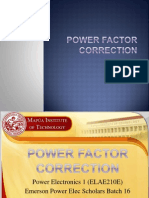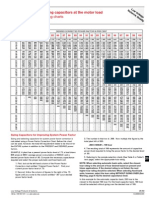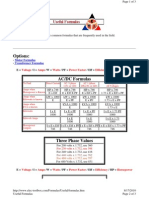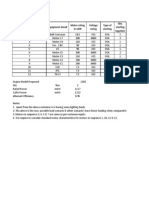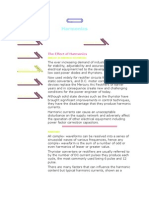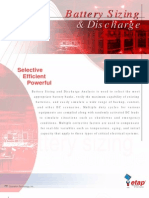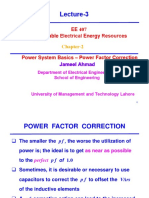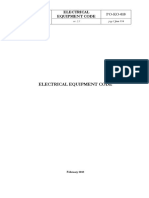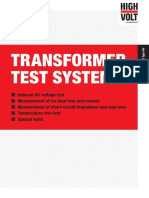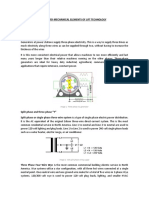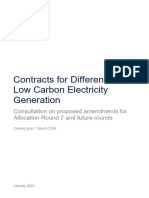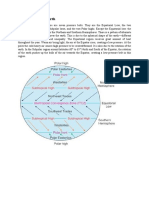100% found this document useful (1 vote)
137 views28 pagesPower Factor Fundamentals
Power factor is a measurement of how efficiently a facility uses electrical energy. Reactive power is required by inductive loads like motors and transformers to generate magnetic fields, but does not do useful work. Capacitors can supply reactive power, allowing the utility to only provide active power. This improves power factor and saves money by reducing losses, improving voltage, and releasing system capacity. Proper power factor correction optimizes efficiency without overcorrecting and risking voltage rises.
Uploaded by
SHARJEEL MUNAWARCopyright
© © All Rights Reserved
We take content rights seriously. If you suspect this is your content, claim it here.
Available Formats
Download as PPT, PDF, TXT or read online on Scribd
100% found this document useful (1 vote)
137 views28 pagesPower Factor Fundamentals
Power factor is a measurement of how efficiently a facility uses electrical energy. Reactive power is required by inductive loads like motors and transformers to generate magnetic fields, but does not do useful work. Capacitors can supply reactive power, allowing the utility to only provide active power. This improves power factor and saves money by reducing losses, improving voltage, and releasing system capacity. Proper power factor correction optimizes efficiency without overcorrecting and risking voltage rises.
Uploaded by
SHARJEEL MUNAWARCopyright
© © All Rights Reserved
We take content rights seriously. If you suspect this is your content, claim it here.
Available Formats
Download as PPT, PDF, TXT or read online on Scribd
/ 28
